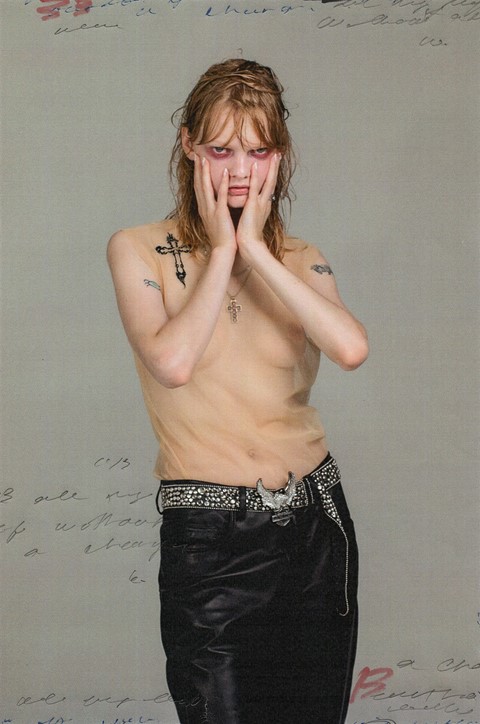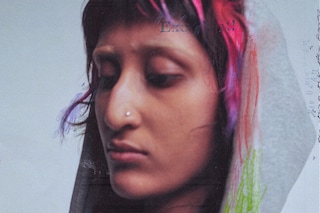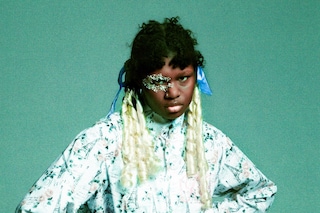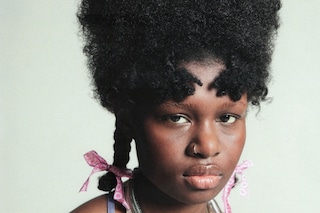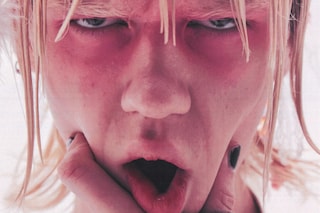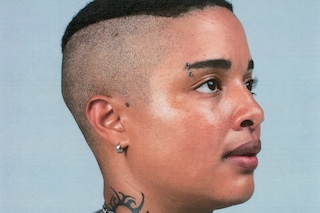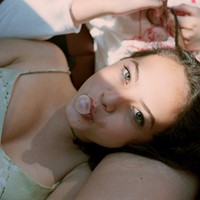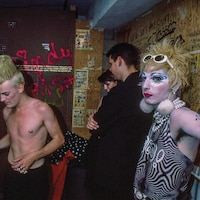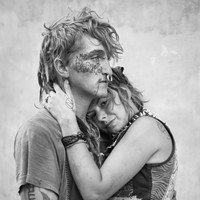The acclaimed image-maker shares her thoughts on storytelling, taking and sharing pictures in the age of social media, and the intrusive nature of photography
After Emily Lipson takes a photograph, she prints it, scans it, prints it, scans it again. She’ll add writing, sometimes cut it up, sometimes work with a collage artist. It’s about adding texture and depth, both purposeful and via serendipity – a recent project started when she left a stack of photographs in the corner of her apartment and water from a nearby potted plant seeped out onto the images, distorting the colours in what she calls “the most beautiful accident ever”. Ultimately, the aim is to create something tangible in an ephemeral age, something that will stand the test of time. “How can I make this image an object?” as Lipson puts it. “How can I make those objects have layers?”
The result of this tactile approach is that images feel rich and dynamic with a timeless quality to them. For publications and brands and publications including Helmut Lang, Revue, Altered States and New York Magazine, Lipson creates expansive editorials, sometimes glossy, sometimes grainy, but always textural and full of emotion and movement. For Tom Ford’s holiday campaign last year, she brought back the brand’s old-school sex appeal – all glistening flesh and stiletto heels stepping on chests. Her work could come from any era, but that’s not to say it looks dated, there’s always a freshness to them that keeps them modern and exciting.
Below, we speak to Lipson about photographing in clubs, missing Facebook, and the social responsibility of privacy.
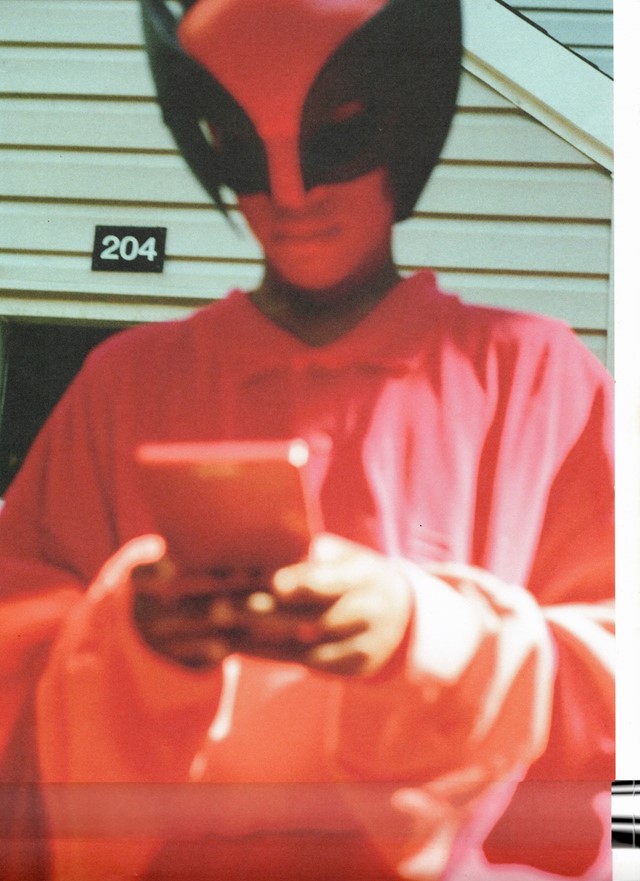
You said that the core principle in your work is emotion and realness. It’s interesting then that you have gone into fashion imagery, because that is so often about the fantasy and creating the dream. Do you ever find dissonance in that? Do you get frustrated?
Emily Lipson: All the time. I think that’s the crossroads – at times, I find myself a little too existential for some of the situations I am put in, but that’s also a challenge that I like. When you are put into a situation with a lot of fantasy and a lot of layers of non-reality, how can you find the emotion in it? And the real storytelling in it, I love that too. I think as I enter the next phase of my work, I just want to make images that feel timeless and don’t need to belong to a season of fashion or a season of trends.
Do you aim to just document and show with your photographs, rather than imposing a narrative onto them?
Emily Lipson: It’s a little bit of both. I come to set and I’m a photographer who prints piles and piles of references and then I‘ll be inspired to be like, ‘OK, the hair should look something like this. Can we make the make-up something like this?’ And then I’ll use references to guide the talent posing and the emotion. So, in a way, I’m not a photographer who lets people just be, it’s definitely more engineered than that. I’m drawing on existing points of reference and existing threads, or things I see in the world. For example, I draw a lot of inspiration from techno culture.
I’m always so inspired by rave beauty and trends – what the club kids are doing and nightlife photography.
Emily Lipson: I will say I think that the club kid photography is really, really, really hard to do well, because the whole concept of the rave and the club is like it’s spiritual, it’s in the moment. It’s not meant really to be documented or performed outwardly. To me, the second you try too hard to capture it, it loses its spark. And I almost intentionally don’t document. I’ve always wanted to set up an outdoor studio at a rave and shoot throughout the day, pulling people into the setup. I would love to, but it also feels like I’m ruining it. I find myself constantly battling with the urge to do that and the urge to let it be.
There’s something about bringing a camera into that kind of sacred space that is almost – maybe the word violating is too strong – but it does take away from the moment.
Emily Lipson: I go to Nowadays and the policy is there are no phones. Sustain–Release, this underground festival I go to, they don’t promote or put out pictures. Berghain no pictures, no phones. And so it’s like, who am I to go in and document that, when the culture is very much interested in protecting itself? It feels like all those things are a sign that this isn’t meant to be seen. It’s meant to be felt. It’s meant to be experienced.
In Sally Mann’s memoirs, she talks about this idea of how photography kind of steals your memory. When you photograph something your memory of that person or that situation is the picture rather than the person themselves. So to photograph those raves, it’s like you no longer would have the experience and the emotion of it.
Emily Lipson: Right? That’s so interesting. I mean, I get it because also the second you put a camera up to someone their face changes. Vivian Maier, for example, is brilliant to me because she was so discreet. Or any photographer that shoots at their waist and doesn’t put a viewfinder to their eye. If your camera isn’t up here, but it’s down here, someone’s less on the reflex of thinking, ‘OK, I’m going to change myself.’ Because it’s like a subtler movement from the photographer’s end.
Recently, on social media, you see a lot of people filming other people dancing at a club, and then posting it and making fun of them. As soon as the camera comes out, because of social media now, it doesn’t feel very safe. It feels like you might be made fun of or it might be posted for the whole public.
Emily Lipson: I agree with that completely. I think one of my biggest fears is randomly scrolling Twitter one day and seeing a meme of me. Not that I’m important but like, I’ve cried on the subway enough times! So I think that is true, there’s a certain social responsibility of privacy. But that doesn’t really exist in the way we are constantly making images these days. And it brings consent really into question. I shoot almost exclusively in scenarios where there are models and there’s talent, contracts have been signed, we’ve all agreed. I’m not really a street photographer, in other words. I kind of prefer my life being my life and living and being in reality and not blurring those lines. Because I can take all that I see and do in the day-to-day and let it influence my pictures, and I do. And that feels like my process.
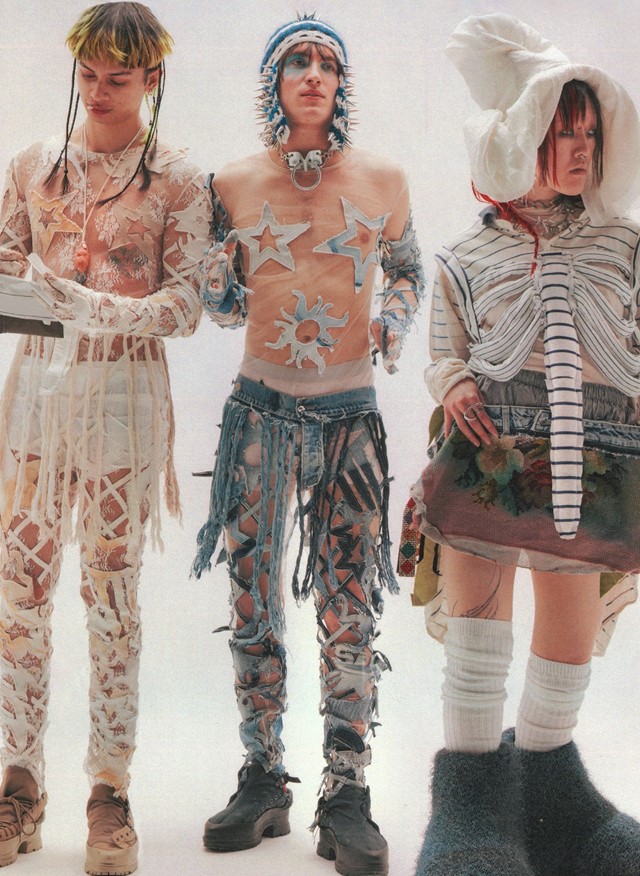
When you first started photographing, was it more documenting or did you have models?
Emily Lipson: I was the kid growing up who posted all the Facebook albums! Very early on I was obsessively documenting everything. I would even post a Facebook album of like, a piece of corn that I ate that day. And then the street I walked down. Like who cares… looking back, pretty embarrassing actually, but I was obsessively capturing content of the most banal things, and that has eventually evolved into being more and more intentional.
I look back at my old Facebook and I think why did I take that picture? People were just uploading albums of hundreds of images from one night.
Emily Lipson: Exactly! I miss that. Because there wasn’t as much pressure on getting the one image that was going to get traction. I wish we still did that kind of easy, pressureless documentation. I always love when people do a haphazard photo dump on Instagram – it’s cool but I guess I take myself too seriously or something.
Now it feels like you have to be more careful, or at least more curated, on social media because everyone has such strong opinions.
Emily Lipson: It creates a lot of fear of sharing anything and, as a creative, you need to have so so so so much conviction and fearlessness. And that’s why I look back on the days of Facebook albums and just dumping everything out and being like, if people see it, they see it. I don’t even care about the audience. There was such an ease of sharing that I miss. And now the pressure at times is insurmountable, it actually prevents me from sharing a lot of work which isn’t great.
So much of the creative process is about experimenting and trying out different things and making mistakes and seeing what works. And it feels hard to do that right now.
Emily Lipson: Yeah, I think for me, when I experiment and then post, it gets the least amount of likes. And I think the problem with the culture too is that we shouldn’t but often do equate likes with success. But usually, if something hasn’t caught on yet as trendy, it may not get as many likes because it’s not widely understood yet as ‘good’ – that, to me, shows it’s even better work in a way. Because it’s pushing something forward in the zeitgeist – it’s questioning popularity, aesthetics and mainstream culture.
Join Dazed Club and be part of our world! You get exclusive access to events, parties, festivals and our editors, as well as a free subscription to Dazed for a year. Join for £5/month today.
